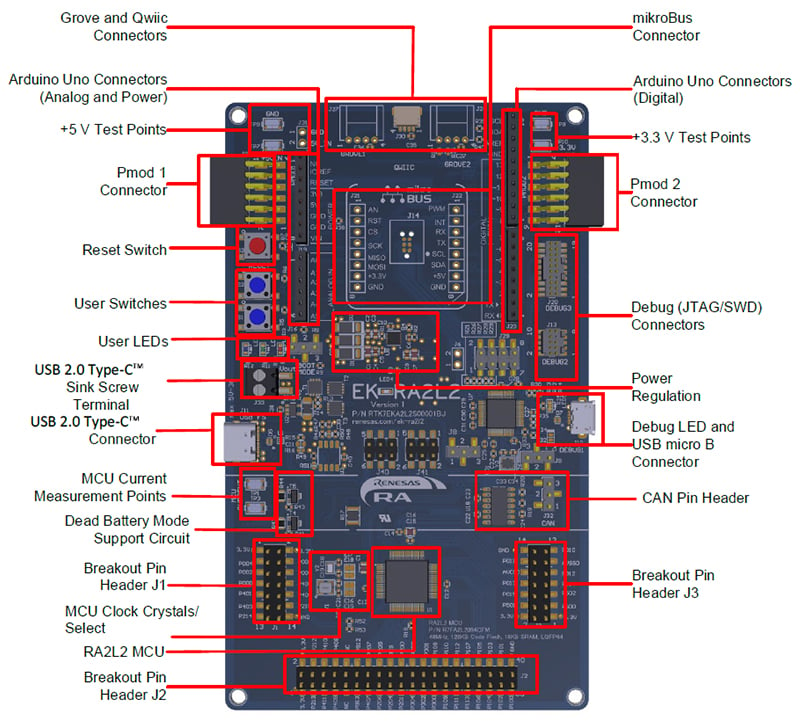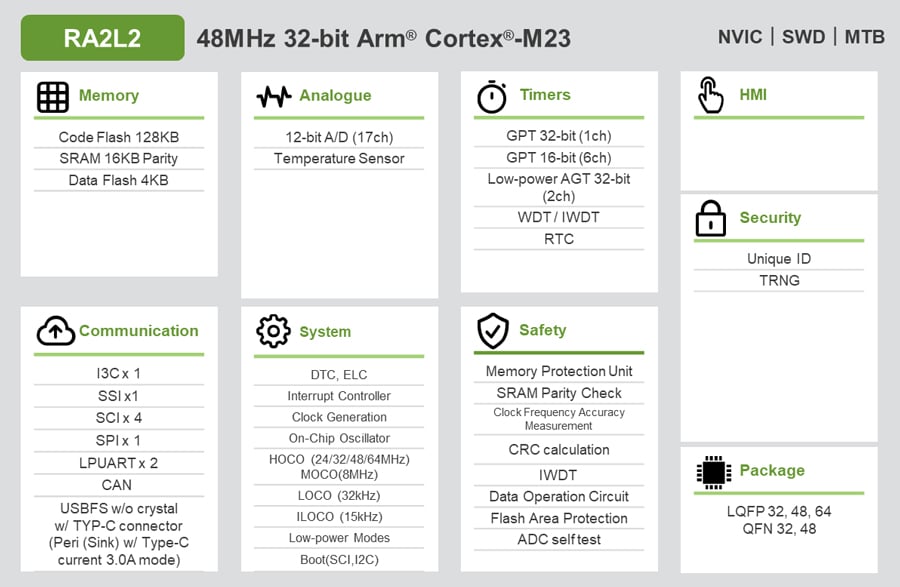The USB interface facilitates both data communication and power delivery in compliance with the USB standard. It offers exceptional versatility, serving various applications such as PC peripherals, TVs, notebook PCs, and monitors, where USB Power Delivery enables higher power levels up to 100W or more for faster charging, and efficient and flexible operation. Therefore, the USB Type-C connector standard significantly improves power delivery efficiency and enhances data transfer rates, achieving speeds of up to 10Gbps or more, depending on the USB communication version. This wide range of uses makes the USB interface indispensable in modern technology. This versatility is further enhanced by the unification of the USB Type-C interface as the standard for mobile device charging terminals within the EU. This move is expected to drive its widespread adoption, simplifying consumer experiences while promoting environmental sustainability.
When introducing the USB Type-C interface to an application, it is important to note that USB communication and power supply each have different connection detections. Therefore, state transitions must be made based on their respective states and detection results. Conventional USB interfaces detect connections by identifying VBUS, whereas USB Type-C detects connections by measuring the voltage of the CC terminal. The supply power is determined based on the state transition between the source and the sink. Once that process is complete, enumeration of USB communication is enabled by activating VBUS.
Voltage detection from the pull-up and pull-down resistors is used to detect the CC terminal connection, following the resistance values and precision specified in the USB Type-C standard. When using a USB Type-C interface in an application for the first time, you need to choose the right external components for CC detection and USB communication, verify the hardware, build a USB application system with software, and test its operation. The RA2L2 provides all the essential functions and tools for a USB Type-C interface as an Upstream Facing Port (UFP), helping reduce external component needs and development time. Additionally, since it has earned the USB test ID (13501), you can trust its high quality and reliability throughout the development process.
Equipped with USB Functions Required for UFP
USB 2.0 Full-Speed (FS) Module
- USB device controller that does not require an external crystal oscillator
Full-speed transfer 12Mbps - Supports all transfer types: Control transfer, bulk transfer, interrupt transfer, and isochronous transfer
- 5V tolerant VBUS terminal
USB Type-C Interface Module
- Compliant with Universal Serial Bus Type-C Cable and Connector Specification: Release 2.4
- USB Type-C sink support: CC detection circuit (built-in Rd resistor),
- Detection of source supply current capability from default USB/1.5A/3.0A: State detection and transition

Development Environment
The EK-RA2L2 evaluation board is ideal for developing prototypes for the USB Type-C interface. It is equipped with a USB Type-C connector, a sink screw terminal for connecting a power load, and a VBUS monitor circuit for detecting the VBUS voltage and current, making it an environment for evaluating USB Type-C UFPs. It can also be used as a reference design for a USB Type-C interface.

To support software development, the RA Family provides the RA Flexible Software Package (FSP), which includes basic software such as a Board Support Package (BSP), peripheral drivers, middleware, connectivity, networking, and security stacks, as well as reference software for building solutions, enabling rapid application development.
QE for USB is a USB-compatible development support tool specialized for USB system development that enables users to check the USB connection state, USB descriptor values, and USB Type-C state, and to debug communication errors.
Abundant Serial Interfaces
The RA2L2 supports peripheral functions optimized for low-power applications (32-bit LP timer, low power mode) and has a wide range of serial interfaces (I3C, SSI, SCI, SPI, LPUART, CAN, USB FS, and USB Type-C).

The RA2L2's features make it ideal for a wide range of applications requiring low power operation, including:
- Wearables
- Audio streaming devices
- PC/POS peripherals
- General-purpose systems
- IoT devices
- Industrial automation and sensors
- Consumer products
- Home appliances
For more information, including documentation and videos, visit the RA2L2 product page.

